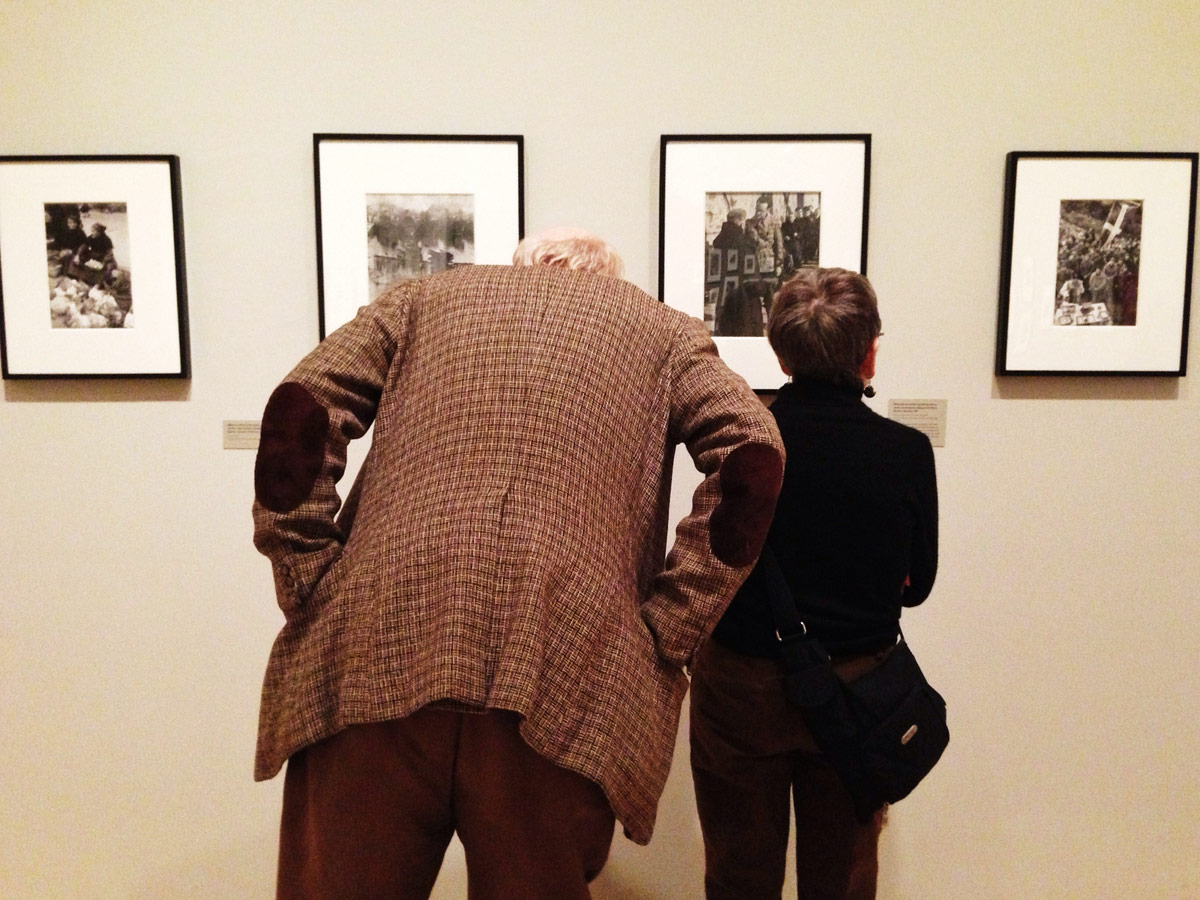Taylor Davidson · How a single sentence changed how I see

On a spring Saturday a year ago I sat down for a photography portfolio review at International Center of Photography with Per. It was my first portfolio review, so I was pretty curious and nervous about it. We reviewed images from one of my photo projects, and for about ten minutes we chatted about the project, the images, what they meant, and how I could improve and make the project stronger. One sentence from Per stood out:
Vary what you want people to pay attention to.
The context: my project, a series of photos from a workplace, explores how people leave behind traces of humanity in their workspaces after they leave. It consists of a variety of shots of different cubicles, desks, meeting rooms and hallways. But here’s Per’s point: the variety of focal lengths, compositions, angles (above, low, side, straight-on) I used are interesting, but they distract from the subject and the message. As viewers of the project, we see a variety of compositions and technical details, and thus that’s what we pay attention to. The variety distracts us from the core message. The subtle points and traces get lost. Therefore, only vary what you want people to pay attention to.
He showed me images of office spaces by Lars Tunbjork, and the difference is clear: throughout his images, he maintains a very similar vantage point, very similar composition, but captures very different subjects. But I wouldn’t have seen the difference in the same light without Per’s point of clarity.
It was a breakthrough. Immediately, I saw my photography work clearer. I’ve worked on creating structured projects for the last couple years, but hadn’t been using the right structure.
I should have known.
Here’s the thing: I should have known. It’s the same basic advice I’ve given entrepreneurs for years. Fit your message to your audience’s mental model.
I’ve worked with many entrepreneurs over the years about creating business plans, pitch decks and financial models, and give the same basic advice: present your pitches in ways that investors, partners and customers are used to see and will be able to navigate easily. Understand your audience, leverage templates, and use terminologies that fit their language. Design websites that people can navigate easily, that fit a model that they are used to, letting their minds naturally focus on the content, rather than focus on how to navigate it.
Feel free to vary in business, photography and life, but do it consciously, knowing that people will pay attention to the variations themselves as much the content behind them.
Originally posted to on Medium.